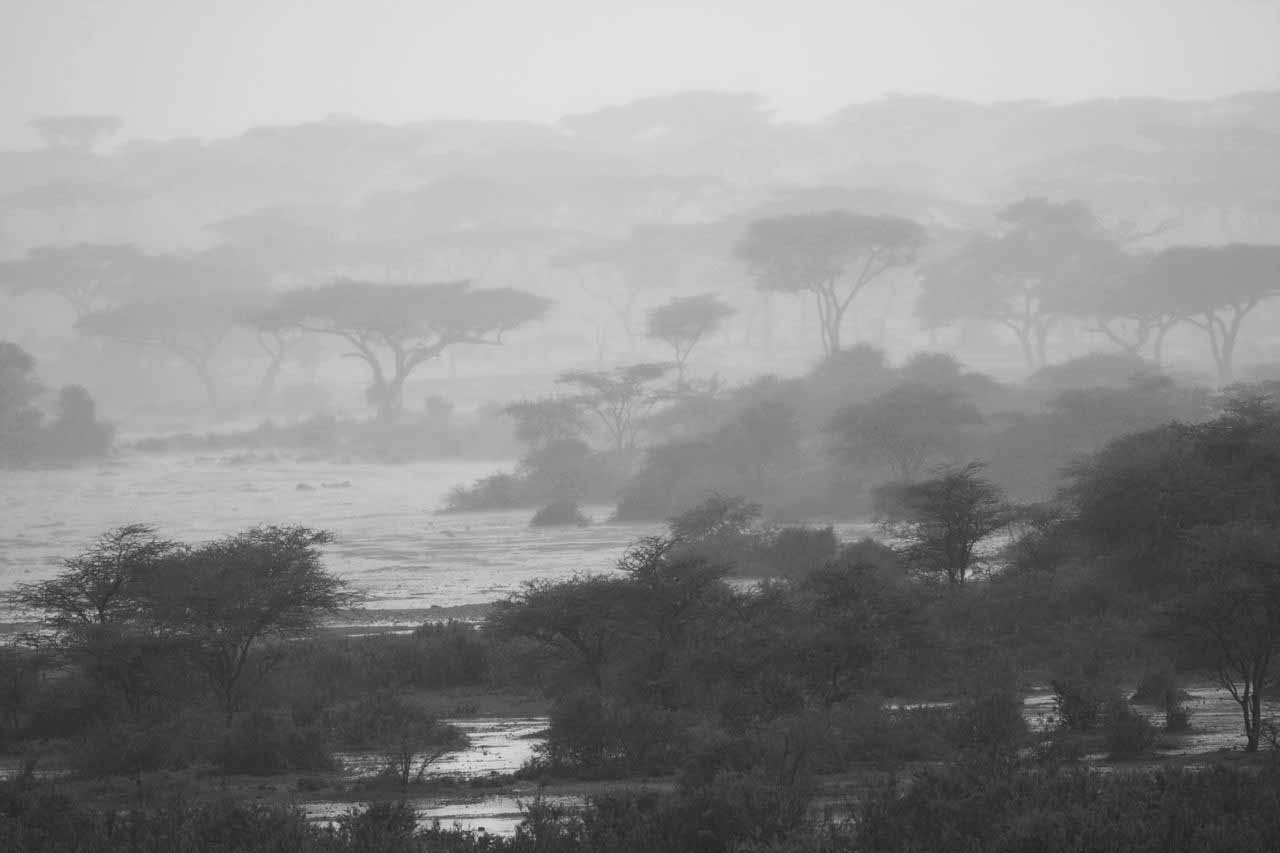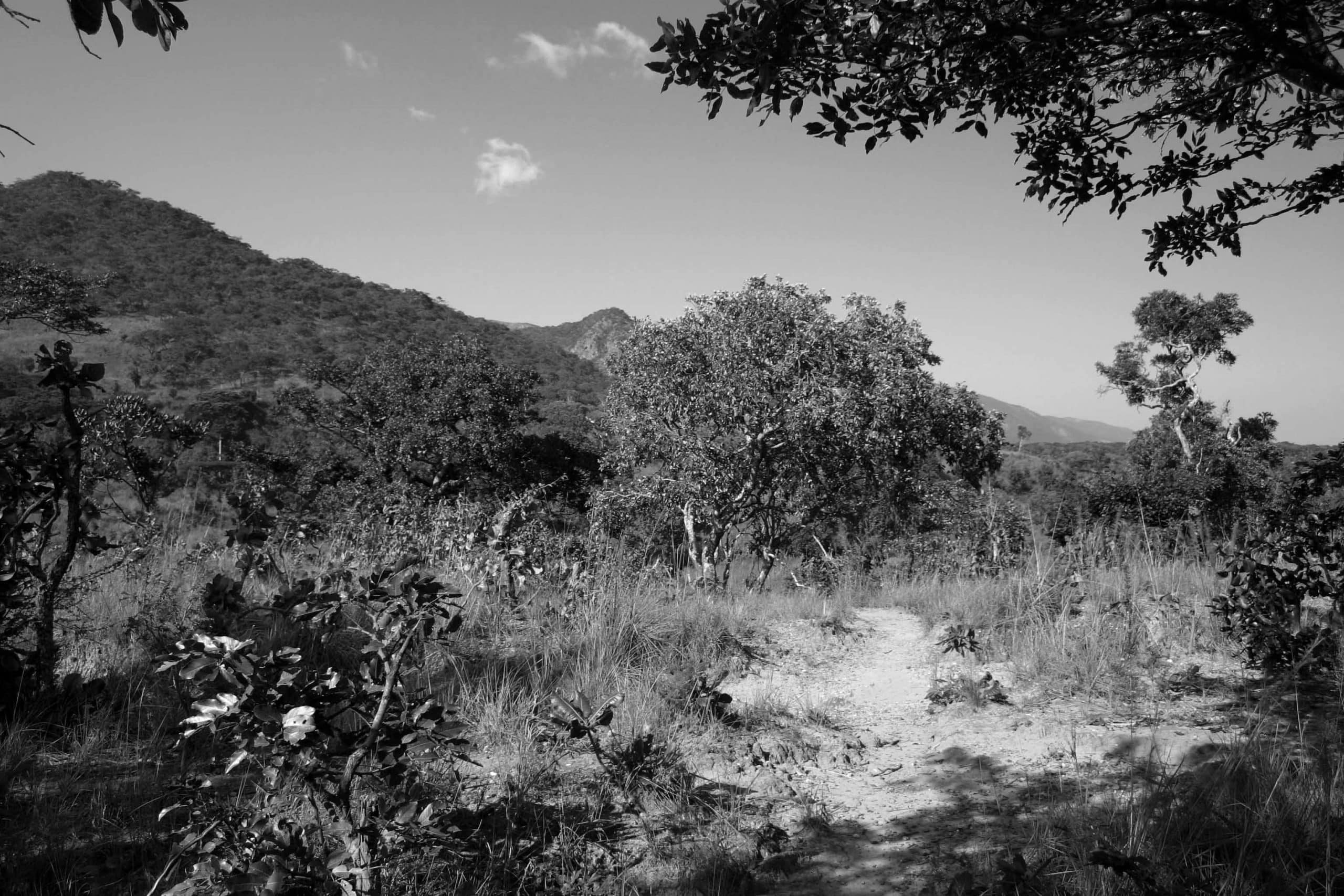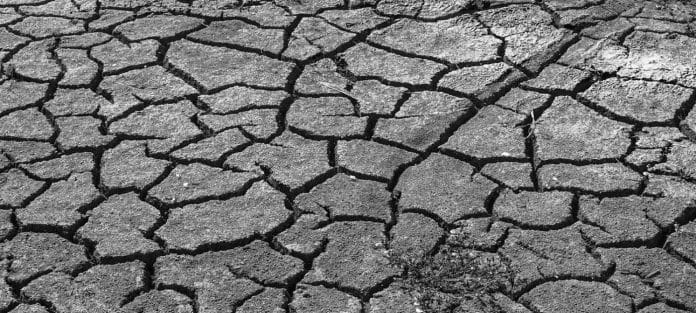How Tanzania Responds to Climate Change
Climate events, such as droughts, floods, and hurricanes, have historically cost Tanzania dearly. Estimated effects of climate change could increase this cost, and undermine key developmental areas that could prevent the country from moving forward further. Recognizing this fact, the Government of Tanzania and the donor community have already launched a campaign to address the challenges facing the current climate issues and set priorities for improving all vulnerable areas. However, a number of requirements to address this situation remain, including the inclusion of climate in key national adaptation strategies to climate change in Tanzania, determining priorities for key sectors such as agriculture and food security, and developing an integrated National Climate Change Strategy. and sectoral goals. Completing these priorities will require overcoming major barriers to data access, and limited capacity to predict future climate change and impact assessments in the sector.
Impact of Climate and Its Weaknesses
Long-Term and Short-Term Weather
- Temperatures have risen by nearly 1.0 ° C since 1960, an average of 0.23 ° C for a decade.
- Annual rainfall has decreased by an average of 3.3 percent for a decade.
- Weather patterns have become more difficult to predict, with increasing rainfall levels declining in short periods.
- The Indian Ocean temperature has risen 1 ° C since 1950.
Expected Weather

Types of Climate in Tanzania
- An average increase of 1.0-2.7 ° C at an annual temperature by 2060, and by 1.5-4.5 ° C by 2090.
- Changes in annual rainfall estimates by 2060 will decrease by 1 percent to 18 percent from the 1970-99 average.
- A large percentage of rainfall is expected to be in heavy rainy seasons.
- Rising sea level of 0.75-1.90 m at 2100
Weakness in Key Sectors
Food Availability
Climate change has the potential to change food levels directly and indirectly, as well as to have an impact on food availability and accessibility. Rain-fed and highland agricultural systems in the Great Lakes region and other parts of East Africa are expected to be severely affected by climate change, with increasing temperatures and severity, which could lead to lower crop yields in these areas. A recent study estimates that a 5 ° C rise in East Africa could lead to a 20 percent reduction in food production by 2090 and plus more years. Other climatic conditions (eg floods and salt increase due to rising sea levels, crop damage due to storms) and other non-climatic conditions (such as erosion, resource management issues) may exacerbate the presence of an adequate food level due to climate change.
Transitional measures can help reduce the negative effects of climate change on agriculture and food security. The Tanzania’s National Adaptation Program of Action (NAPA) has set an agenda that encourages people to do the following:
- Make better use of weather data, weather forecasts, and other management tools, and expand the meteorological data collection network
- Create awareness of the negative effects of climate change
- Increase fertilizer use
- Improve better livestock production management
- Use drip irrigation for specific regions
- Control pests, weeds and diseases
- Increase the biological control of locusts
- Promoting indigenous knowledge
Water Resources

In Tanzania, high levels of variations have already been observed in water availability across the country, depending on the geography, rainfall patterns, and climate. In groundwater sources, such as the lakes of Tanganyika, Victoria, and Turkana, the relationship between changes in lakes and rainy seasons indicates the potential for water shortages in the coming years due to climate change. Tanzania’s NAPA, which receives advice from stakeholders, has listed water resources among the top three sectors that need to be monitored more closely. The water sector is also particularly affected by a number of non-climate issues such as poor management, poor infrastructure, and pollution, all of which contribute significantly to reducing water supply security and quality. In terms of climate-related impacts, the list could exceed these. NAPA cites changes in water flow to river basins, interference of ecosystems, and excess water in the ground due to increased water flow as possible impacts that may occur. From such impacts, climate change can affect water quantity and quality, issue that will cause challenges in terms of access to water resources for human consumption and for agriculture, industry, and energy use.
Health
Climate change also affects health in Tanzania, and climate change is likely to lead to new problems, which may lead to several direct and indirect effects (summarized below):
| Method of Impact | Impact | Results of Impact |
| Direct | – Bodies fail to protect themselves against high temperatures, especially heat waves. – Changes in frequency and / or intensity of other extreme weather conditions (droughts, floods, storms, etc.). | – Changing rates of heat-related diseases and colds, especially cardiovascular diseases. – Deaths, injuries, and damage to public health infrastructure |
| Indirect (because of ecological system defects) | – Impact on vector and parasite levels and activities. – Changes in the ecology of aquatic and foodborne pathogens. – Changes in food production (especially food crops) due to climate change, and pests and related diseases. – Changes in quality, quantity, and supply of clean water. – The sea level rises a situation that will lead to human displacement and damage to infrastructure. – Increased levels and biological effects of air pollution, as well as seed pollen and fungi. – Social, economic and demographic changes due to adverse climate change. A situation that will have an impact on the economy, infrastructure, and resource allocation. | – Changes in geographical standards and cases of vector-borne diseases. – Changes in diarrhea and infectious diseases such as cholera. – The scourge of malnutrition and hunger affecting children‘s growth and development, especially in vulnerable communities. – Injuries, increased infectious diseases (due to people moving from one place to another, overcrowding, contamination of drinking water). – Asthma and allergic reactions, other chronic respiratory problems and deaths. – High levels of side effects affecting public health (such as mental health, nutritional problems, infectious diseases, ethnic wars). |

Malaria is currently the leading cause of death in Tanzania, with an estimated 16% of reported deaths. Climate change can increase the rate of malaria outbreaks by providing a better environment for vector production (Anopheles mosquitoes). In addition, malaria could be exacerbated in the highlands of the country, where the prevalence of the disease was previously low. Communities in these areas are more likely to be highly deficient in natural immunity against malaria, due to unfamiliarity with the disease. Their ability to cope with malaria may also be weakened, due to poverty and poor health systems. An important part of addressing these challenges will be in looking at the non-environmental impact of climate change and the ability to tackle poverty and quality and access to the health system in Tanzania.
Ecosystem Weaknesses
Coral Reefs

The coral reef environment and the resources it conserves are extremely important because it is a habitat, food source, ecological aid, and a major tourist attraction. It also helps to protect the shoreline from damage caused by storms. Coral reefs are already in poor condition due to unpredictable weather and climate problems, and coral bleaching has occurred in many places. For example, in 1998, between 50-90 percent of the rocks were demolished in Tanzania and Kenya. Relevant factors that contribute to the impact on coral reefs include:
- High sea temperatures, along with pollution and other impacts, that can lead to coral bleaching.
- Rising sea levels can change periods and light levels, thus affecting photosynthetic species.
- Excessive acidity of the oceans due to increased carbon dioxide levels can adversely affect coral and other marine organisms such as shrimp and crabs, and can ultimately put significant pressure on structure, distribution, and environmental productivity.
- Persistent human impacts such as illegal fishing practices, overfishing, coral reef damage caused by boats, and mining can exacerbate climate change stress.
- Rising storms can cause further damage to rocks, situation that can take a long time to repair. The loss of these reefs can exacerbate storm damage on beaches, mangroves, and coastal settlements and infrastructure.
Mangroves
Natural resources and the favorable environment from mangroves contribute to the well-being of the communities on which they depend. These environmental systems also serve as an important determinant on the effects of climate change such as storms. Major forests in Tanzania, such as the Rufiji Delta, which is one of the world’s most endangered, and 73,500 hectares of mangroves along the coast between Rufiji-Mafia–Kilwa and its coral reefs are extremely important in everyday life especially in terms of fishing and forest products (trees and timber) for the greater part of the delta population. The census between 1991 and 2000 conducted by the World Wildlife Federation in the delta shows that mangrove forests have been reduced and significantly altered, meanwhile land cultivation and deforestation has continued moving forward. Both climatic and non-climatic effects have contributed to these changes. Impacts of non-climatic changes include land use changes, the construction of dams, the cutting and clearing of mangroves to rehabilitate fish ponds, landslides, and sudden sinking or slow descent to the ground.
Plain Bushes
Wilderness covers about 40% of Tanzania’s total land area, and is important for livestock development. Feeding animals in the wild has already led to changes in foliage species. Climate change may further reduce leaf growth, reduce its carrying capacity, and reduce its protein content in plants. These changes can have an impact on milk and meat production in livestock, and can lead to the need for protein supplements for animals. This can also lead to increased costs of livestock production and reduced availability of milk and meat products. In addition, changes in temperature and the presence of air can exacerbate these effects by creating conditions that increase the prevalence of diseases and pests that attack livestock.
Forests

Forests, which include miombo, are the largest growing forest in Tanzania, and account for 50% of the country’s total land area. Forests are essential for the diversity of life they produce, their natural resources, their environmental enrichment, the things that support the health and well-being of the communities on which they depend, as well as forests help in economic growth. Forests are already at risk of several substandard air pressures, which include land clearing for agricultural use, community mobilization and slash and charcoal production, and wood harvesting at a faster rate than forest growth. The expected impacts of climate change, including the reduction of forest-covered areas and changes in forest species, animal species, and their distribution, may exacerbate these unpredictable weather conditions, and further threatening the environment.
National Strategies, Plans, and Relevant Institutions
National Strategies and Planning
- Initial National Communication – 2005: Addresses mitigation and remediation, and deals with the provision of information on greenhouse gas emissions, mitigation options, key sector vulnerabilities assessments, mitigation measures, and policy and institutional context to address climate change.
- NAPA (2007): Reviews the vulnerabilities associated with climate change in the various sectors that are important to the Tanzanian economy.
System of the Institute
- The National Climate Change Committee (NCCC) advises the Department of Environment on issues related to climate change.
- Center for Energy, Environment, Science, and Technology: Involves the NCCC Secretariat and provides technical and administrative support to the NCCC and climate change study teams.
- Tanzania Meteorological Agency: Provides weather data and weather information and forecasts to inform country planners.
Government Reform Priorities
NAPA has identified priorities of the most vulnerable sectors as part of adaptation of climate change in Tanzania and six high priority projects, listed in the box below:
| Priority Sectors for NAPA | NAPA Priority Projects |
| – Agriculture and food security (including livestock) (1) – Water (2/3) – Energy (2/3) – Forests (4) – Health (5) – Wildlife (6/7) – Tourism (6/7) – Industries (8) – Coastal and marine resources (9) – Human settlements (10) – Wetlands (11) | 1.) Improve food security in drought-prone areas by promoting drought-tolerant crops 2.) Improving access to water for drought-prone communities in the country 3.) Transfer of waterless wells from flood-affected areas in the coastal regions of Tanzania Mainland and Zanzibar 4.) Combat climate change through forest improvement on Mount Kilimanjaro 5.) The construction of small hydroelectric dams for small communities to enhance economic diversification due to climate change. 6) Fighting malaria outbreaks in mosquito-infested areas. |
There is little progress on the implementation of these projects or in integrating climate change into development strategies and sectoral strategies of the country. Therefore, the current priorities in Tanzania include:
- Incorporating climate change into a current and future strategy.
- Set priorities for key sectors such as agriculture and food security.
- Develop a National Climate Change Strategy that is linked to sectoral goals and builds a link between greenhouse gas emissions and gas production opportunities, particularly from deforestation and deforestation.
Key Members and Responsibilities Taken
Several restorative activities are funded and implemented by foreign governments (bilateral donors), international organizations and development banks in Tanzania. Donor-funded movements are more focused on collecting data on environmental vulnerabilities in specific sectors, identifying and evaluating possible remedial measures, and developing action plans. But so far there has been very little progress on the implementation of the proposed amendments. There are also a number of movements that address the negative effects of climate change in various sectors that need to be addressed, although the benefits of such reforms are not clear or will not be evaluated very clearly.
Barriers to Climate Control
Tanzania faces a number of requirements:
- Increase capacity to promote, design, and implement funding proposals and projects that meet the needs of donors.
- Increase access to adequate, reliable weather data as well as modern data collection and processing systems, and distribution equipment.
- Bridging gaps in climate analysis, its challenges to society, environmental systems, and sectors of the economy, and remedial measures.
- Increased access to scientific data for policy makers and planners.
- Addressing these constraints and needs will be instrumental in enabling Tanzania to move forward with more than just assessments, strategies, and experiments but towards implementation of climate change adaptation measures in the long run.
For more articles about weather and climate changes click here!

































